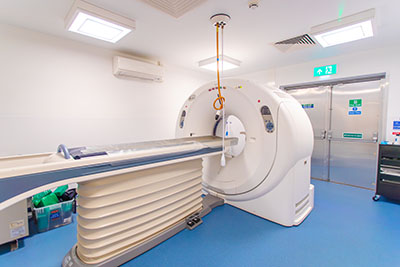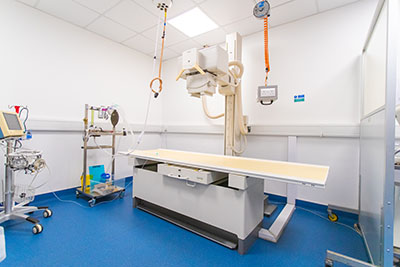Reception and Waiting Area:
Our spacious reception area caters to both dogs and cats with a separate cat waiting area. We also offer a space for more anxious patients that perhaps benefit to having their own area.
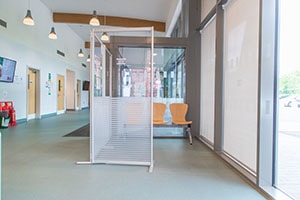
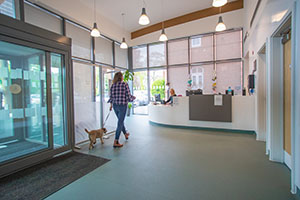
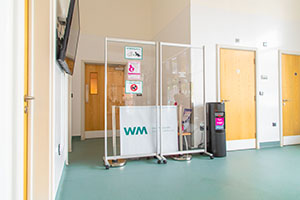
Consulting Rooms:
We have six consulting rooms, one of which is dedicated purely to our feline patients. These rooms allow for a relaxed environment where our clinicians can thoroughly to examine patients and discuss their findings with you.


Diagnostic Imaging:
Our purpose-built hospital is equipped with two X-ray suites, CT facilities and Endoscopy equipment. These provide our Clinicians with the tools to perform investigations on our patients to provide the best possible care.
